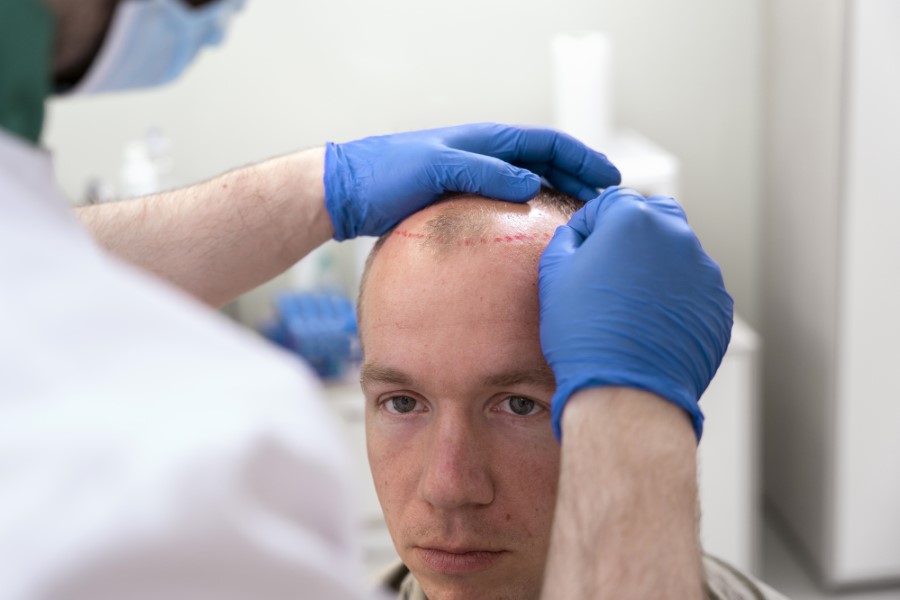FUT (Follicular Unit Transplantation)

Follicular Unit Transplantation (FUT), also known as strip harvesting, is a surgical technique used for hair transplantation. It is one of the two primary methods of hair transplant surgery, alongside Follicular Unit Extraction (FUE).
In FUT, a strip of hair-bearing skin is surgically removed from the donor area, usually the back or sides of the scalp, where the hair is more resistant to balding. The donor area is then sutured or stapled to close the incision. The strip of tissue is carefully dissected under a microscope into individual follicular units, which contain one to four hairs each. These follicular units are then transplanted into the recipient area where hair is thinning or absent.
The advantages of FUT include:
Higher graft yield: Since a strip of tissue is removed, a larger number of follicular units can be obtained compared to FUE, making it suitable for patients who require a significant number of grafts.
Less transaction rate: The dissection of follicular units under a microscope allows for precise separation, resulting in a lower risk of damage to the hair follicles compared to individual extraction in FUE.
Lower cost: FUT is generally more cost-effective than FUE since it requires less time and effort from the surgical team.
However, FUT does have some potential drawbacks:
Linear scar: The main disadvantage of FUT is the linear scar that remains in the donor area after the strip of tissue is removed. Although efforts are made to minimize scarring and ensure proper wound closure, the scar can be visible if the patient wears their hair very short.
Longer recovery time: The healing process after FUT can be longer compared to FUE due to the larger incision and potential for post-operative discomfort. However, most patients can resume normal activities within a week or two.
The choice between FUT and FUE depends on various factors, including the patient’s hair loss condition, available donor hair, and personal preferences. It’s essential to consult with a qualified hair transplant surgeon who can evaluate your specific situation and recommend the most suitable technique for your needs.
It’s worth noting that advancements in FUE techniques, such as robotic-assisted extraction, have reduced some of the limitations associated with FUE, making it a viable option for many patients.

